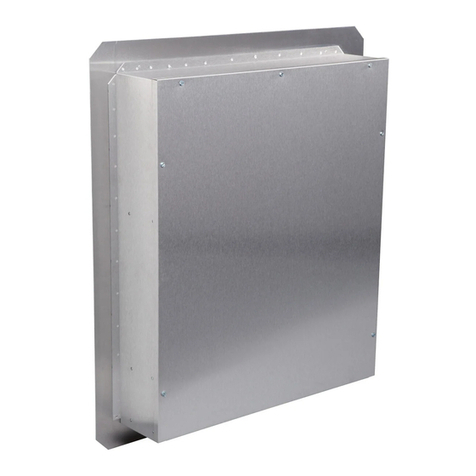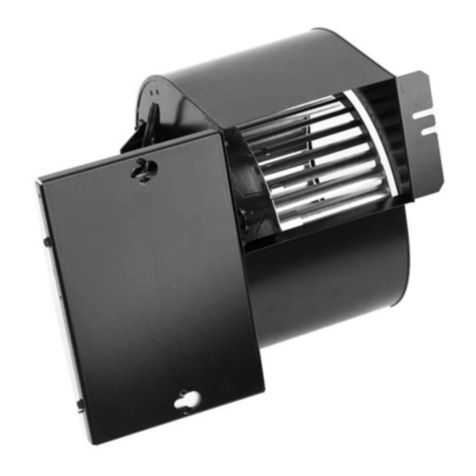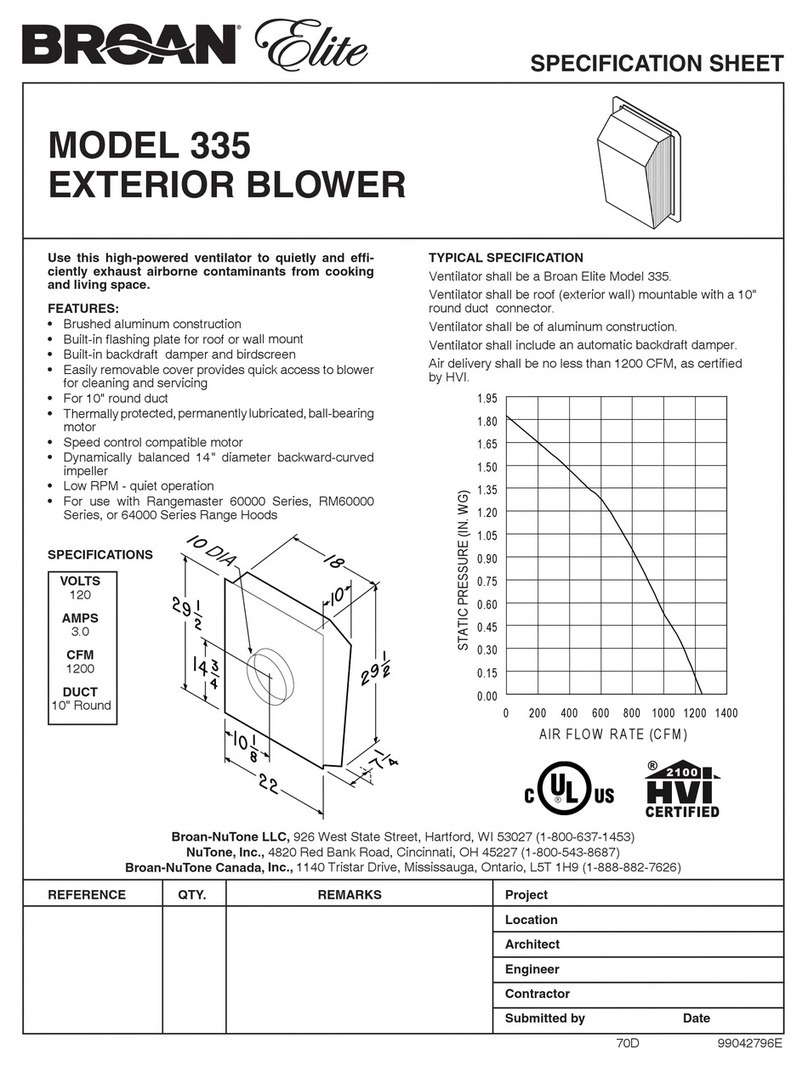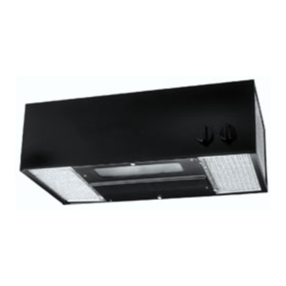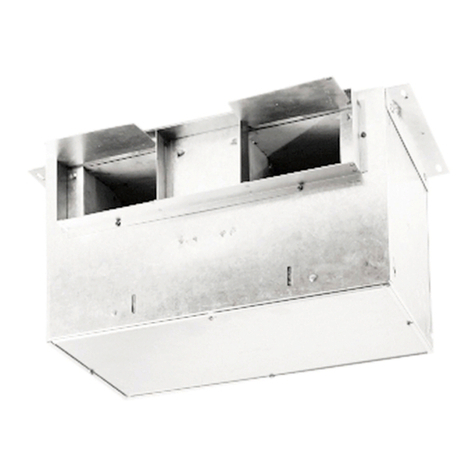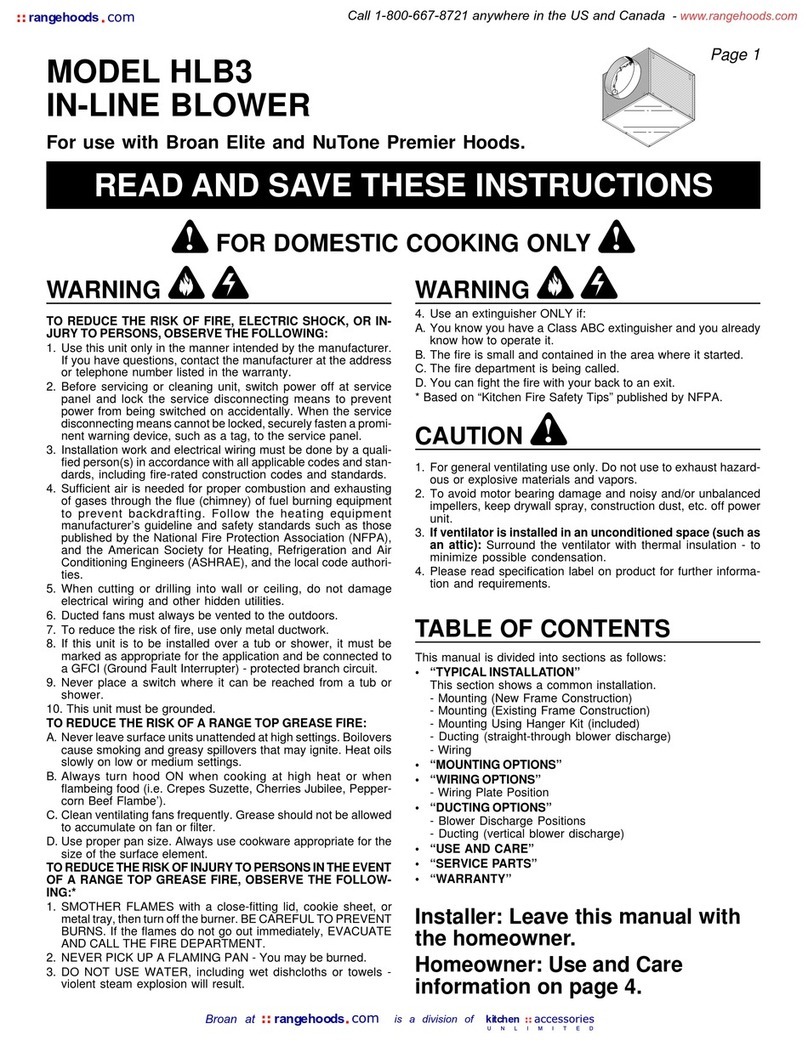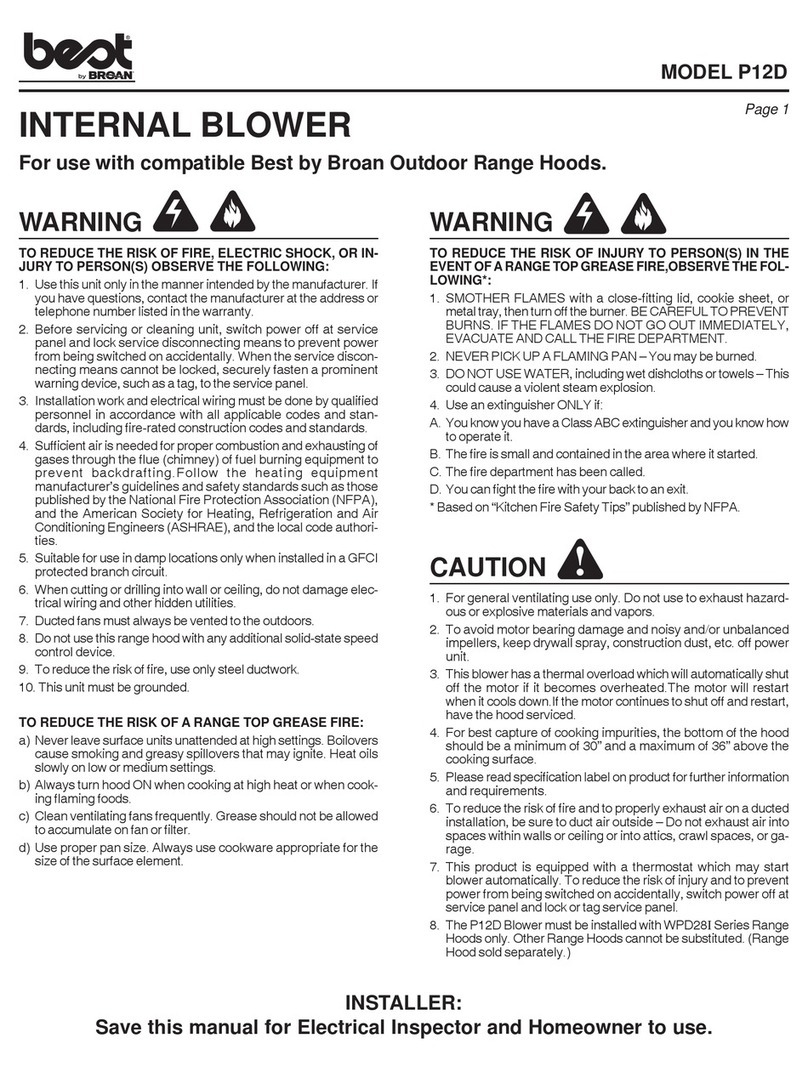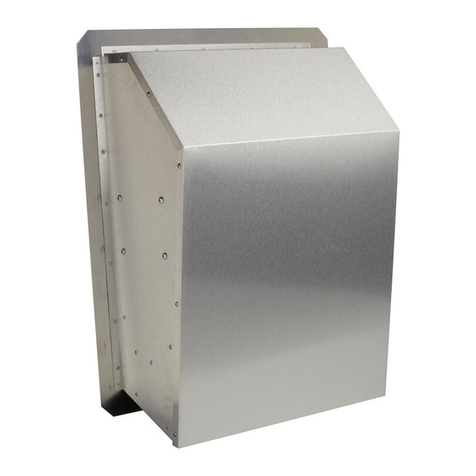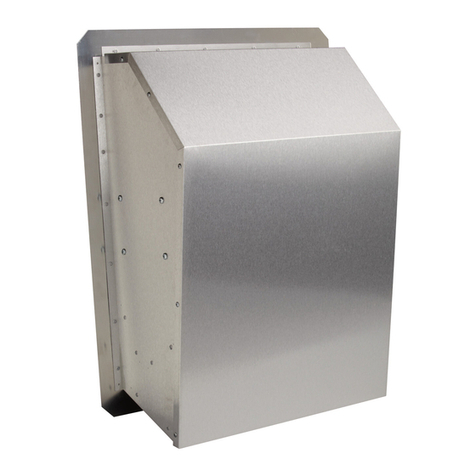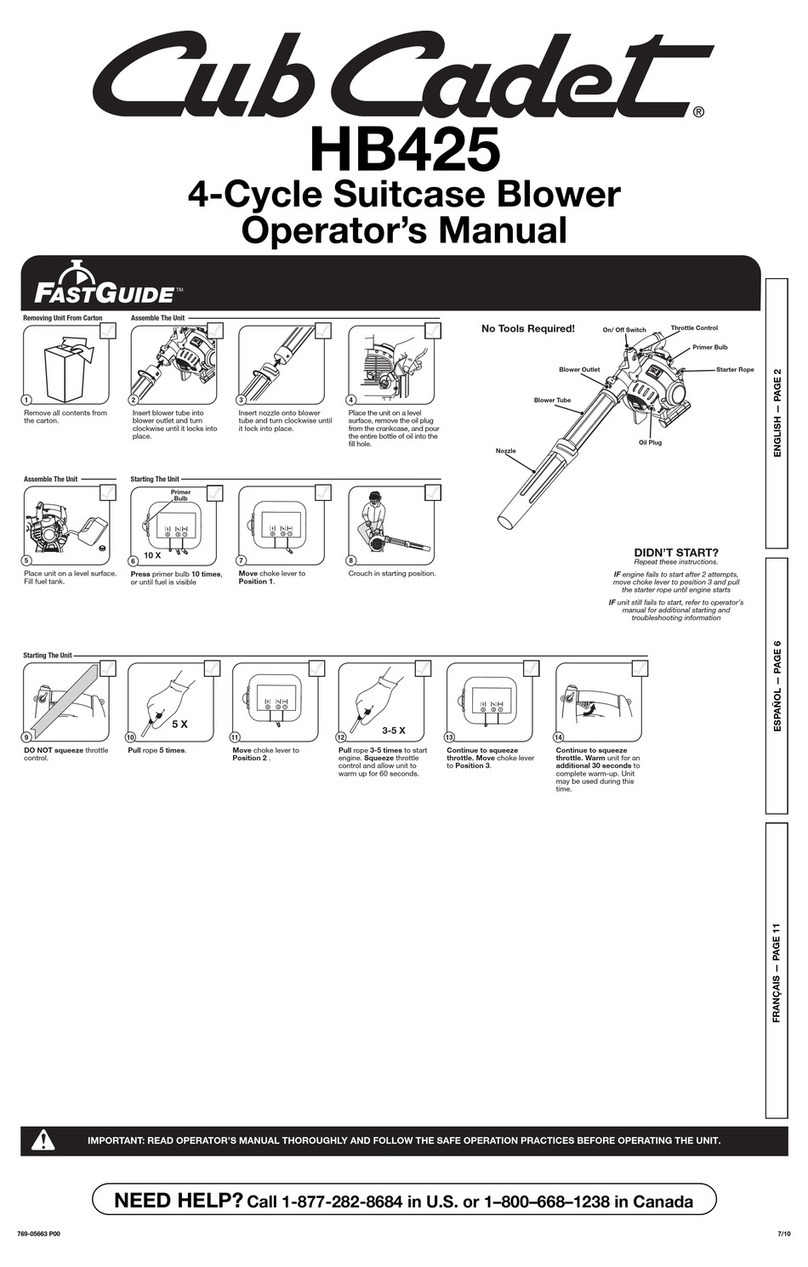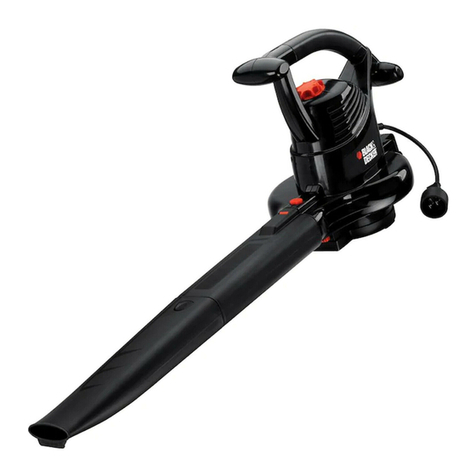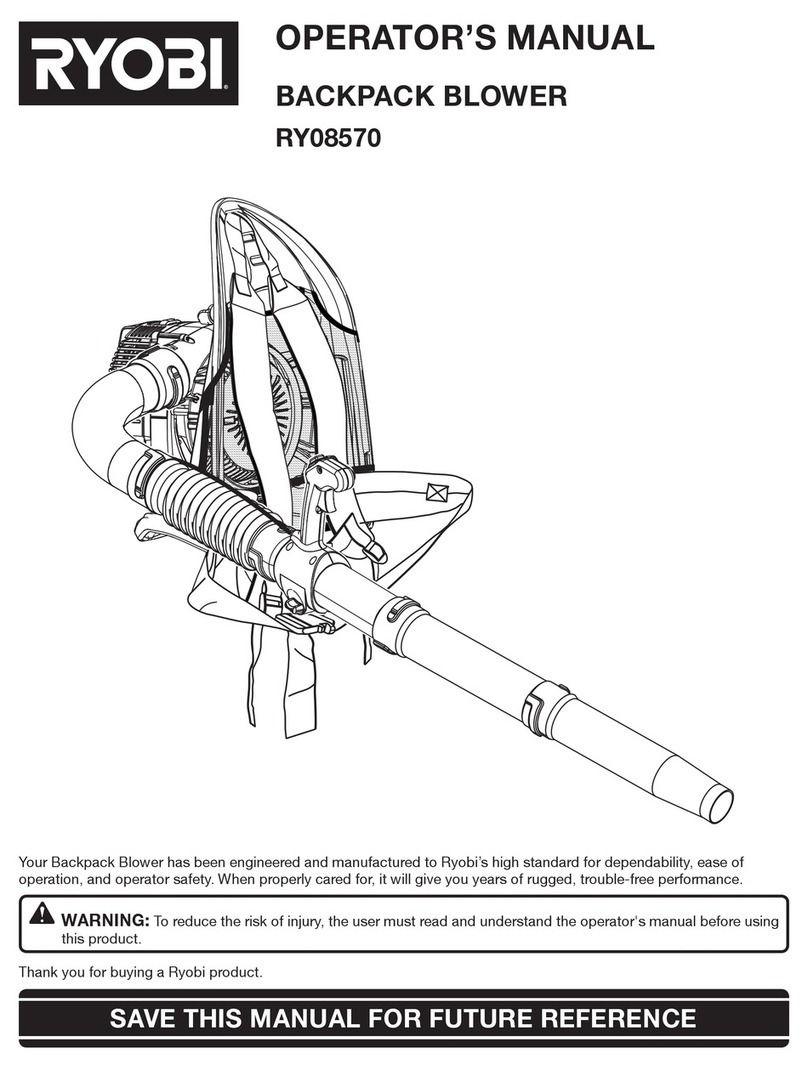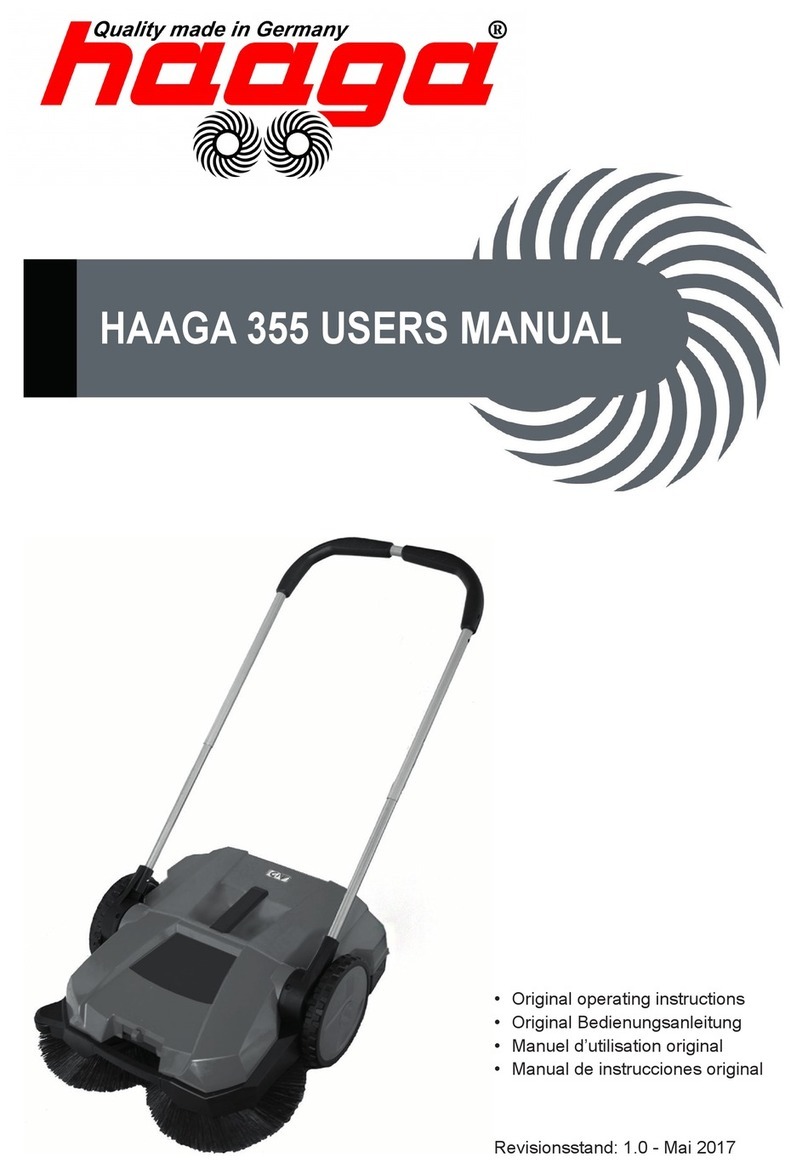
Page Lm
MODEL
331H
or 332H
EXTERIOR
BLOWER
WALL HOOD
CANOPY
(island canopy
available)
10" ROUND DUCT
SOFFIT
ROUGH-IN
PLATE
24" or 27"
18"
10" ROUND ELBOW
DUCT
OPENING
COVER PLATE
MODEL
331H
or 332H
EXTERIOR
BLOWER
WALL HOOD
CANOPY
(island canopy
available)
10" ROUND DUCT
SOFFIT
ROUGH-IN
PLATE
24" or 27"
18"
DUCT
OPENING
COVER
PLATE
MODEL 331H or 332H
EXTERIOR BLOWER
WALL HOOD
CANOPY
(island canopy
available)
10" ROUND
DUCT
SOFFIT
24" or 27"
18" ROUGH-IN
PLATE
DUCT
OPENING
COVER PLATE
LEAY CONSERVE ESTAS INSTRUCCIONES
PARA USARSE CON CAMPANAS RANGEMASTER Y VENTILADORES ECLIPSE DE TIRO DESCENDENTE
ADVERTENCIA
PARA REDUCIR EL RIESGO DE INCENDIOS, DESCARGAS ELÉCTRICAS
O LESIONES PERSONALES OBSERVE LAS SIGUIENTES
PRECAUCIONES:
1. Use la unidad sólo de la manera indicada por el fabricante. Si tiene
preguntas, comuníquese con el fabricante en la dirección o el número
telefónico que se incluye en la garantía.
2. Antes de dar servicio o limpiar la unidad, interrumpa el suministro
eléctrico en el panel de servicio y bloquee los medios de desconexión
del servicio para evitar que la electricidad se reanude accidentalmente.
Cuando no sea posible bloquear los medios de desconexión del
servicio, fije firmemente en un lugar prominente del panel de servicio
un dispositivo de advertencia , como por ejemplo una etiqueta.
3. Una o más personas calificadas deben realizar el trabajo de instalación
y el cableado eléctrico, de acuerdo con todos los códigos y normas
correspondientes, incluidos los códigos y normas de construcción
específicos sobre protección contra incendios.
4. Se necesita suficiente aire para que se lleve a cabo una combustión
adecuada y para la descarga de los gases a través del tubo de humos
(chimenea) del equipo quemador de combustible a fin de evitar los
contratiros. Siga las directrices y las normas de seguridad del fabricante
del equipo de calentamiento, como aquellos publicados por la Asociación
Nacional de Protección contra Incendios (National Fire Protection
Association, NFPA), y la Sociedad Americana de Ingenieros en
Calefacción, Refrigeración y Aire Acondicionado (American Society for
Heating, Refrigeration and Air Conditioning Engineers, ASHRAE), y las
autoridades de los códigos locales.
5. Al cortar o perforar a través de la pared o del cielo raso, no dañe el
cableado eléctrico ni otros servicios ocultos.
6. Los ventiladores con conductos siempre se deben conectar hacia el
exterior.
7. Para reducir el riesgo de incendio, use solamente conductos metálicos.
8. Esta unidad se debe conectar a tierra.
PRECAUCIÓN
1. Sólo para uso en ventilación general. No lo use para descargar
materiales ni vapores peligrosos o explosivos.
2. Para evitar daños a los cojinetes del motor y rotores ruidosos y/o no
equilibrados, mantenga el rocío de yeso, el polvo de la construcción,
etc. alejado de la unidad de accionamiento.
3. Por favor lea la etiqueta de especificaciones que tiene el producto para
ver información y requisitos adicionales.
4. El circuito eléctrico, incluido el control de velocidad (si se usa) debe tener
una capacidad nominal mínima de 6 amperios para el Modelo 332H o
3 amperios para el Modelo 331H.
Importante: cuando use el Modelo 332H con los tiros descendentes
Eclipse de Broan Modelos 2830-A o 2836-A: Compre un juego de
control de velocidad N.º 97011927 en su distribuidora Broan para
sustituir el control de velocidad de su tiro descendente.
1. Ubique el ventilador de manera que la longitud de los conductos y el
número de codos y transiciones necesarios sean mínimos.
Por favor note: cuando use el ventilador con el tiro descendente
Eclipse de Broan: El tiro descendente tiene una descarga de 3¼ x
10" (8.3 x 25.4 cm) Hay transiciones disponibles para conectarlo
a la entrada redonda de 10" (25.4 cm) en este ventilador de montaje
exterior.
TODASLAS INSTALACIONES
MODELO VOLTIOS AMPERIOS PCM TAMAÑO DE
CONDUCTO
331H 120 2.4 600 10" (25.4 cm) DIÁM.
332H 120 5.7 900 10" (25.4 cm) DIÁM.
PARA LA PERSONA QUE REALIZA LA INSTALACIÓN: Entregue este manual al dueño de la casa
AL DUEÑO DE LA CASA: Las instrucciones de uso y cuidado se encuentran en la página 11.
MODELOS 331H Y 332H
VENTILADOR DE MONTAJE EXTERIOR
ESPECIFICACIONES
PLANIFIQUE LA INSTALACIÓN
INSTALACIÓNTÍPICADEMONTAJEEN EL TECHO
(descarga vertical)
INSTALACIÓNTÍPICADEMONTAJE EN LA PARED
(descarga vertical, codo a horizontal) INSTALACIÓNTÍPICA DE MONTAJEENLA PARED
descargahorizontal)
2. Cuando sea posible, el ventilador se debe centrar entre los montantes
de la pared o entre las vigas del techo.
3. Evite la tubería, cables u otros conductos que puedan estar tendidos
por la pared.
4. Asegúrese de que haya suficiente espacio para cualquier transición
que pueda necesitarse entre el ventilador y los conductos de conexión.
5. Para obtener el mejor rendimiento, coloque las transiciones lo más
cerca posible del ventilador (esto es, el tiro descendente)
NOTA: La descarga horizontal requiere la reubicación de la placa
de cubierta de la abertura del conducto. Consulte las instrucciones
en el manual de la campana.
PLANIFIQUE LA INSTALACIÓN
VENTILADOREXTERIOR
MODELO 331H o 332H
CONDUCTO
REDONDODE
10" (25.4 CM)
PLAFÓN
CUBIERTADE
LACAMPANA
DE PARED (hay
disponible una
cubierta tipo
isla)
PLACADE
CUBIERTA DE LA
ABERTURADEL
CONDUCTO
PLACA
SIN
ACABAR
24" (60.9 cm) ó
27" (68.6 cm)
18"
(45.7
cm)
PLAFÓN
PLAFÓN
PLACADE
CUBIERTA DE LA
ABERTURADEL
CONDUCTO
PLACA
SIN
ACABAR
CUBIERTA DE LA
CAMPANADE
PARED(hay
disponible una
cubierta tipo isla)PLACADE
CUBIERTA DE LA
ABERTURADEL
CONDUCTO
PLACA
SIN
ACABAR
VENTILADOR
EXTERIOR
MODELO331H
o 332H
CONDUCTO
REDONDODE10"
(25.4 CM)
CUBIERTA DE LA
CAMPANADE
PARED(hay
disponible una
cubierta tipo isla)
24" (60.9 cm) ó
27" (68.6 cm)
24" (60.9 cm) ó
27" (68.6 cm)
VENTILADOR
EXTERIOR
MODELO331H
o 332H
PLACADE
CUBIERTADELA
ABERTURADEL
CONDUCTO
CONDUCTOREDONDO
DE 10" (25.4 CM)
18"
(45.7
cm)
18"
(45.7
cm)
CODOREDONDO
10" (25.4 CM)
Página 9
